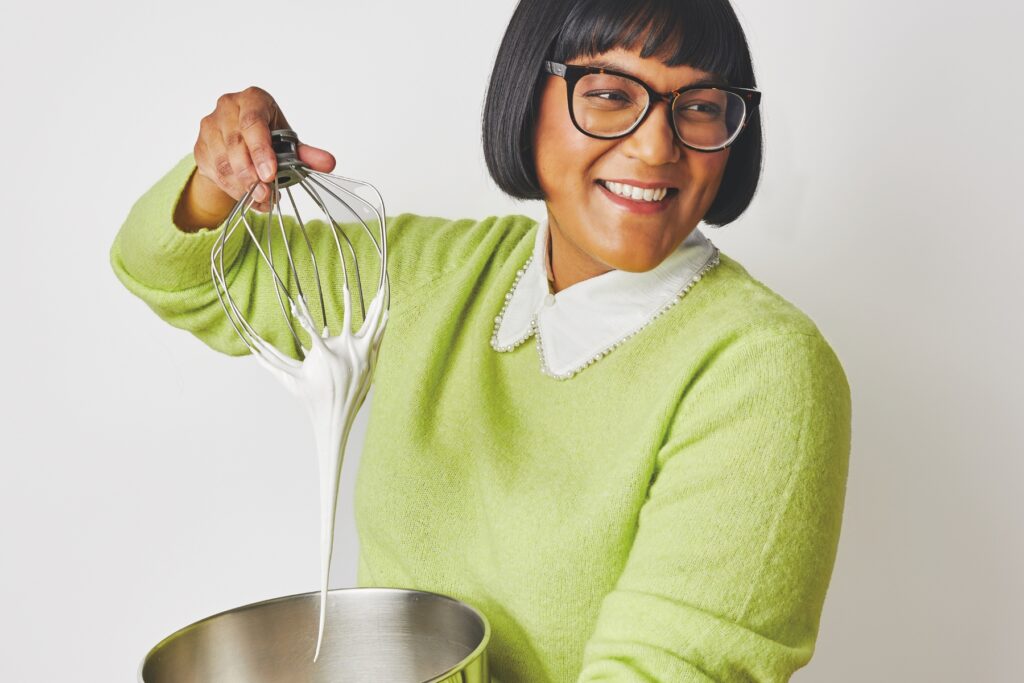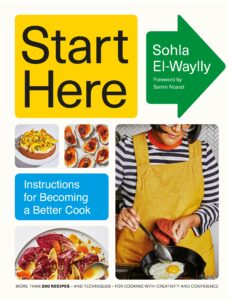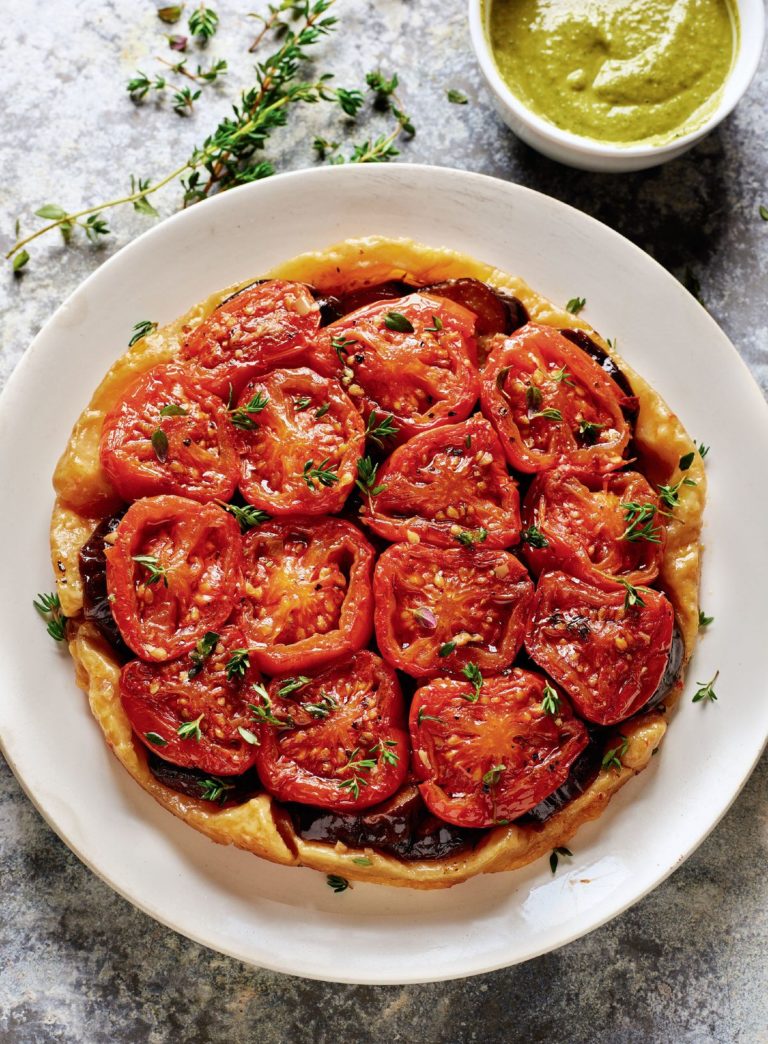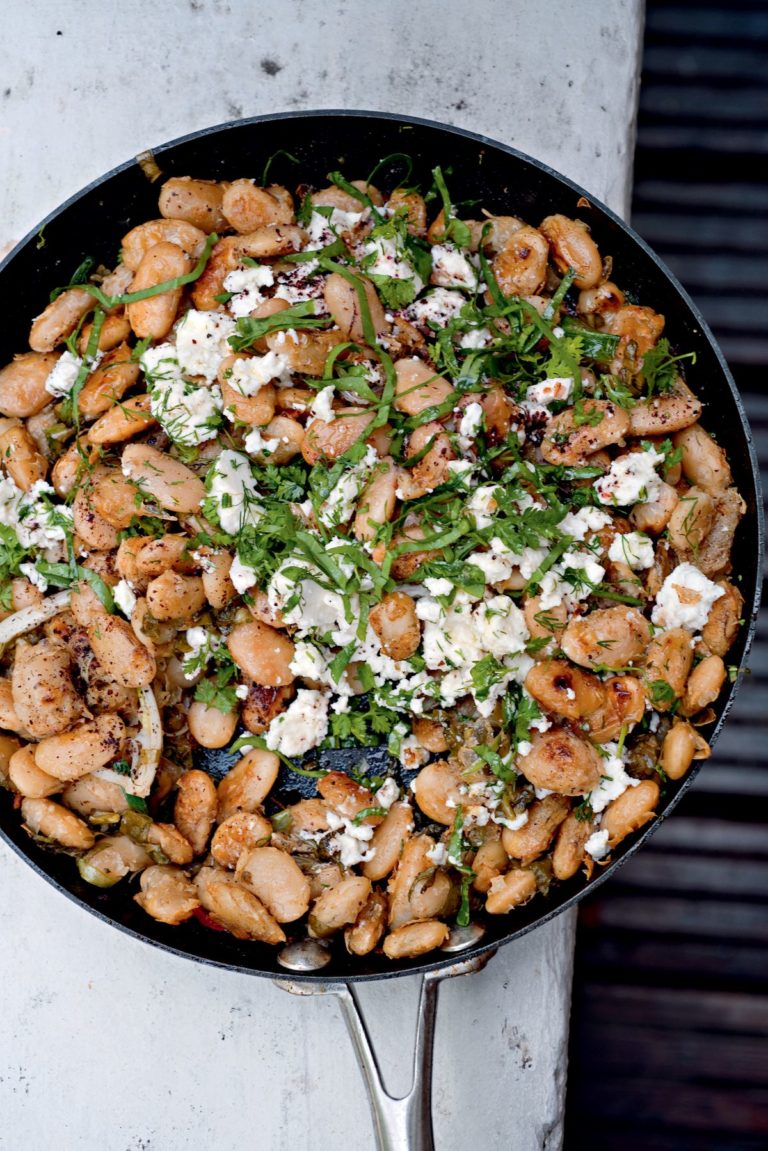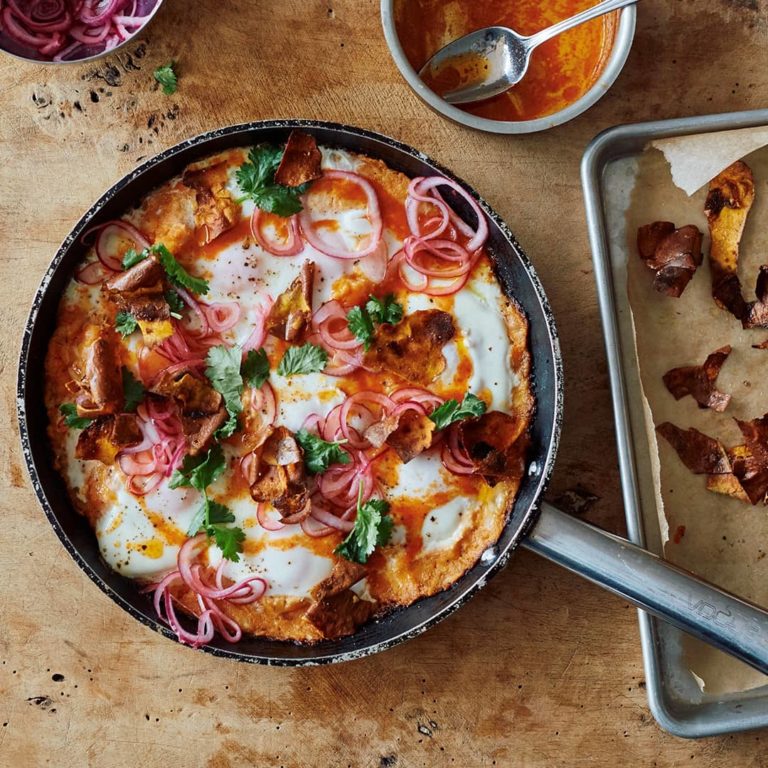Taste
The first step in learning how to cook is learning how to taste. Seriously! Tasting is a skill you have to intentionally develop. I don’t mean taking a bite of something and deciding if you like it or not. I mean being able to decipher why you’re not into it so you can make it better. I first learned how to taste by spending time in the kitchen with my amu. From one bite, she could tell you not only everything that’s in a dish but exactly what it needs to be better. I’d taste along with her and listen as she’d analyze her own cooking. I would try my hardest to understand what she was talking about, but for a very long time I was totally clueless. This needs more lime juice? Sure, if you say so.
In most professional kitchens, new cooks start out making cold stuff, like salads and vinaigrettes. In fancy restaurants they call this station garde manger (anywhere else you’re just making salad). My amu was not a professional chef, but she ran her kitchen like one. She wrote prep lists, game plans, and kept me working garde manger for most of my life. Cooks don’t start here because it’s easy. Seasoning a vinaigrette—learning how to taste through all that sharp acid and slick fat—is one of the toughest tasks. They start here because mistakes are cheap and often fixable. Working on the hot line cooking meat isn’t actually very difficult. I know there are big flames that make you feel so cool, but all you really do is shower stuff with salt, throw it on the grill (or skillet or plancha), and cook until it’s done. But messing up a steak means you’re throwing out money and making a table wait for their food. Many of the dishes on garde manger can be made in advance, before the pressure of service, so a novice cook can take their time with tasting.
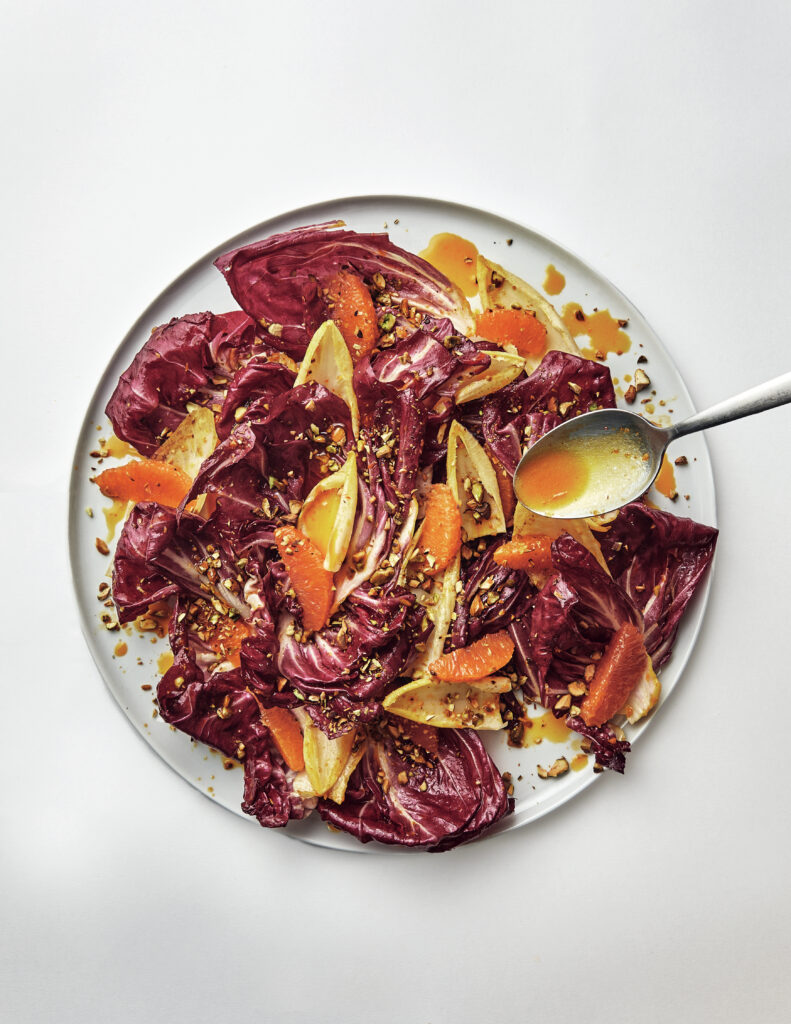
It’s the same when you’re cooking at home (but maybe without the angry Yelp reviews). Starting your culinary journey with salads and dressings allows you to focus on the most important and difficult part of cooking: seasoning. Developing your palate is tough, so why add the pressure that cooking with heat can bring? Keep it chill and start by focusing on flavors first.
I started training my tastebuds by making raithas and cucumber salads in my amu’s kitchen and whisking together dressings and mayonnaise alongside Chef Erin at the Apple Pie Bakery Café, where I worked during culinary school. It was the same drill with both of my first teachers: I’d stir or toss something together, march over with a spoonful, and wait for a response—more salt, more sugar, or more acid. I would taste, tweak, and triumphantly return with another spoonful only to get more feedback.
This back-and-forth would continue five, ten, even a dozen times until the seasoning was just right. It probably took forever because as a new cook, the amount of salt, sugar, and acid required to properly season food can appear excessive. My nervous fingers would add only a pinch at a time. I (then) would have driven me (now) crazy! Somehow, neither teacher ever lost patience with me. They simply kept nudging me in the right direction until I finally met them at tasty town. Adding a little, bit by bit, and tasting with every addition had its advantages. At first I didn’t understand their feedback, but by following their commands, I got to study how flavors transform. With master tasters by my side guiding me to my flavorful destination, I became the best damn salad girl. Now when I cook with amu, she asks me what I think something needs. I can’t think of a better compliment.
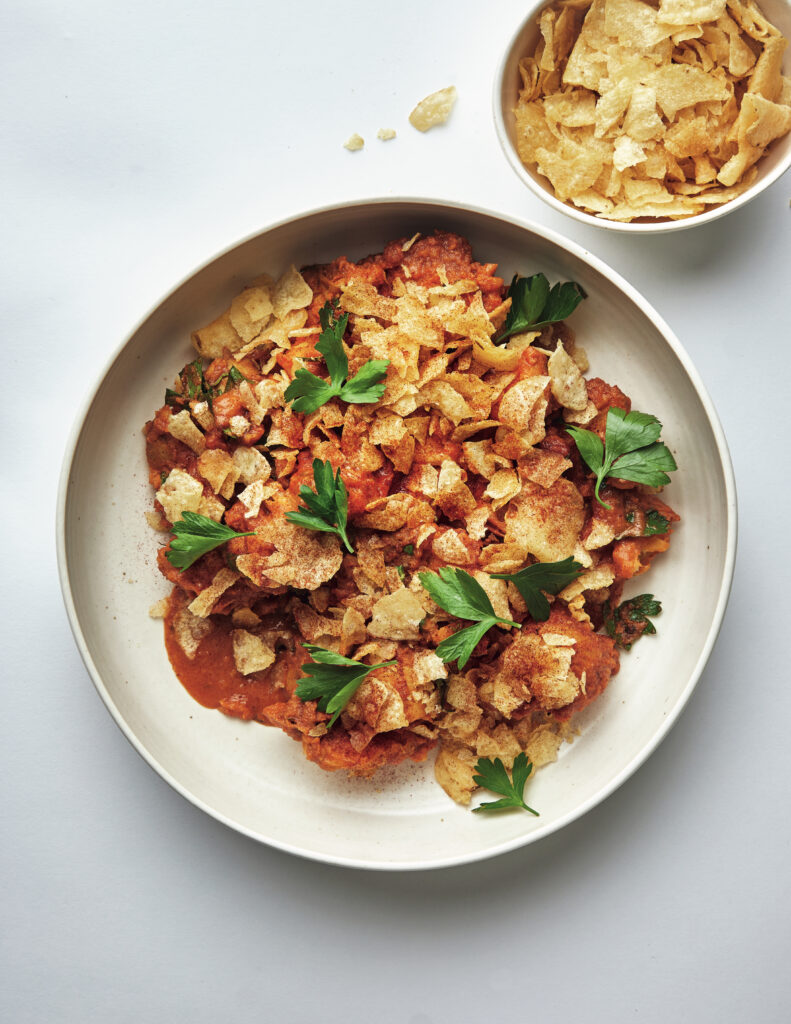
How to Season
Even though I can’t be there to usher you through your seasoning odyssey, here are some of the lessons they taught me, so you can use them in your kitchen, too. Remember, the most important thing is patience. I know tasting spoonfuls of gloppy mayonnaise is gross. You’re gonna wanna settle for whatever tastes good enough. Don’t. Cold food gives you time, so use that to taste, tweak, and keep pushing.
Make it rain: Whether you pinch salt, sugar, and other seasonings between your fingers or scoop it up by the spoonful, evenly shower it from on high. This makes it easier to distribute onto whatever you’re seasoning.
Take your time: Seasonings need a moment to dissolve and become one with the food. Before you get in there and start making judgments, toss, whisk, and stir things up so you can get a true idea of how something is seasoned.
Season in stages: Add seasonings a pinch at a time and have a moment of silence. Focus on what you’re tasting and think about what’s missing. Not sure? Portion a small bowlful and play around without the risk of spoiling the full batch.
Taste! Taste! Taste!: Taste before you add salt, taste after you add salt, taste all the times in between. Especially when you’re first honing your palate, you can never taste too much. Sometimes your tastebuds burn out from trying the same thing over and over again. Have a bland cracker and a sip of seltzer to reset, then dive back in. Before you know it, you won’t just recognize if something needs salt or sugar, but also understand complex flavors, like if you’re missing smoky cumin or the funk of fish sauce. Tasting throughout the cooking process gives you insight into how flavors develop and transform through heat, time, and layering. Bitter spices, harsh onion, and fiery chili magically meld and mellow as they cook out and are balanced with proper seasoning. You’ll better understand how that magic works if you keep tasting.
Salt isn’t always the answer: Often when a dish falls flat, it’s not salt you’re missing. Don’t forget about the power of sugar, acid, and spice. Acid can temper heat, perk up a dish, or freshen flavors. Sugar can mellow out the sharpness from acid, spice, and salt. Spice livens things up while adding complexity. Salt takes the edge off bitterness. Seasoning is about more than making something salty—it’s about balancing all these flavors for maximum deliciousness. It can seem complicated at first, but just keep tasting, and soon it will become instinct.
